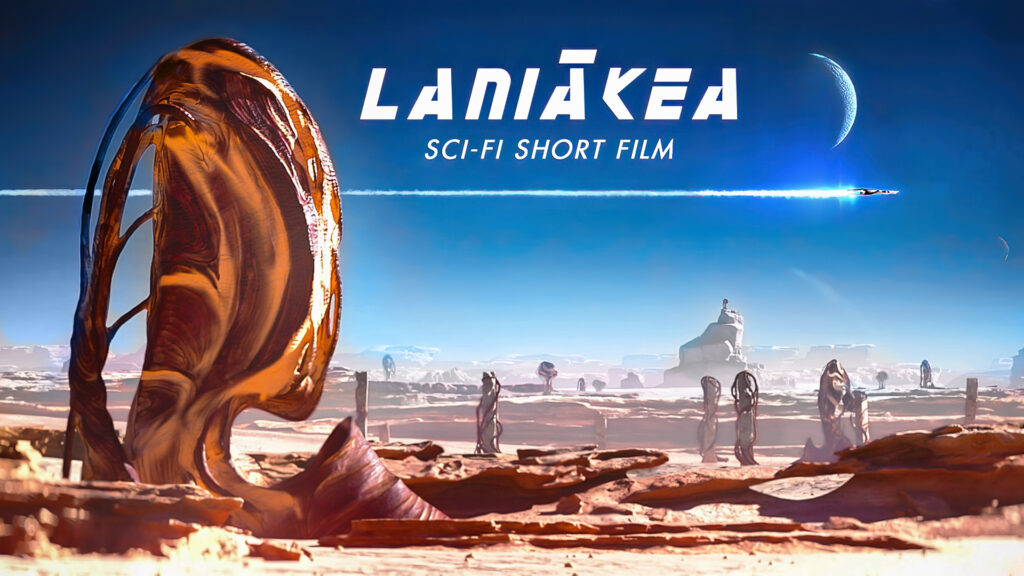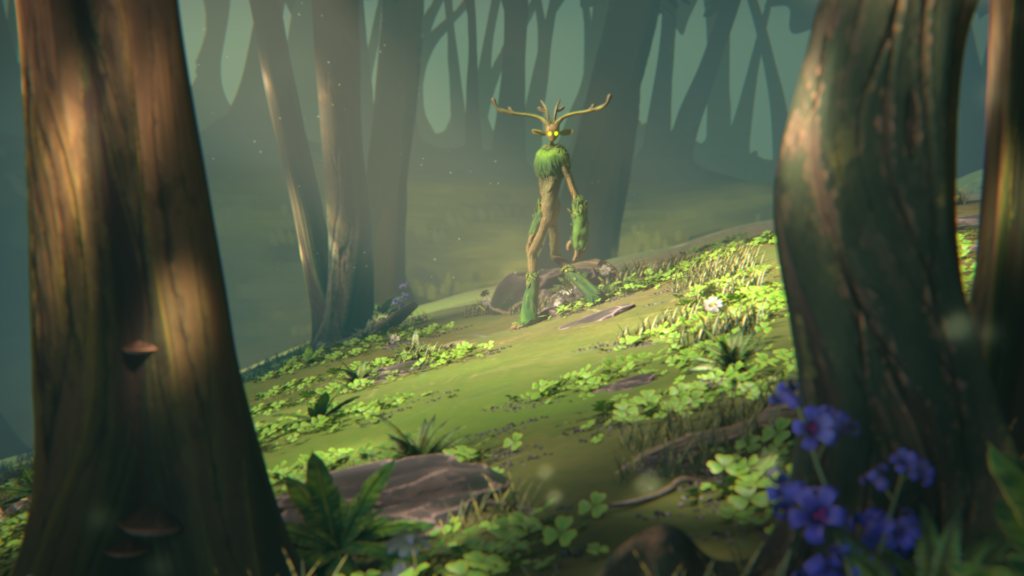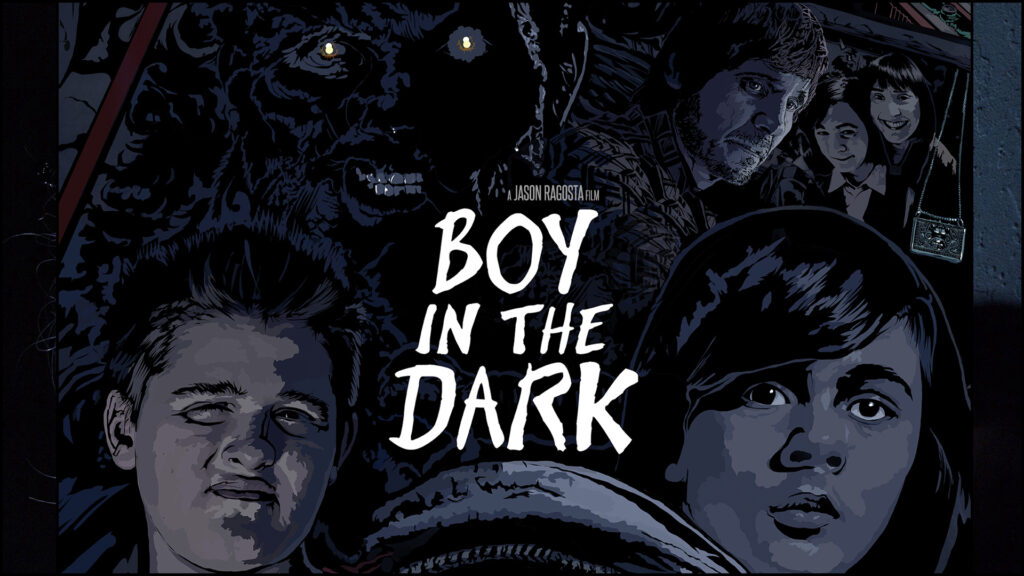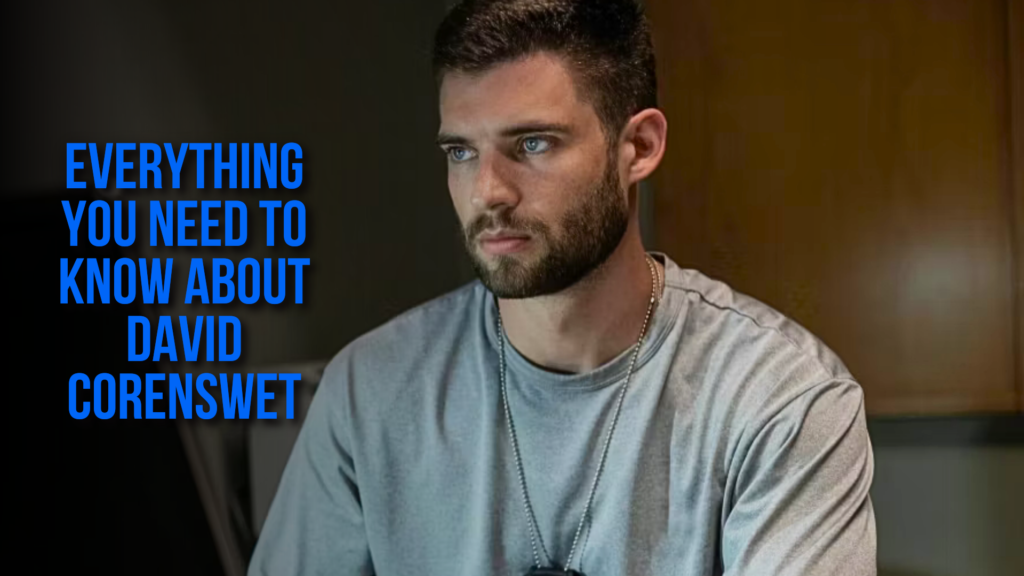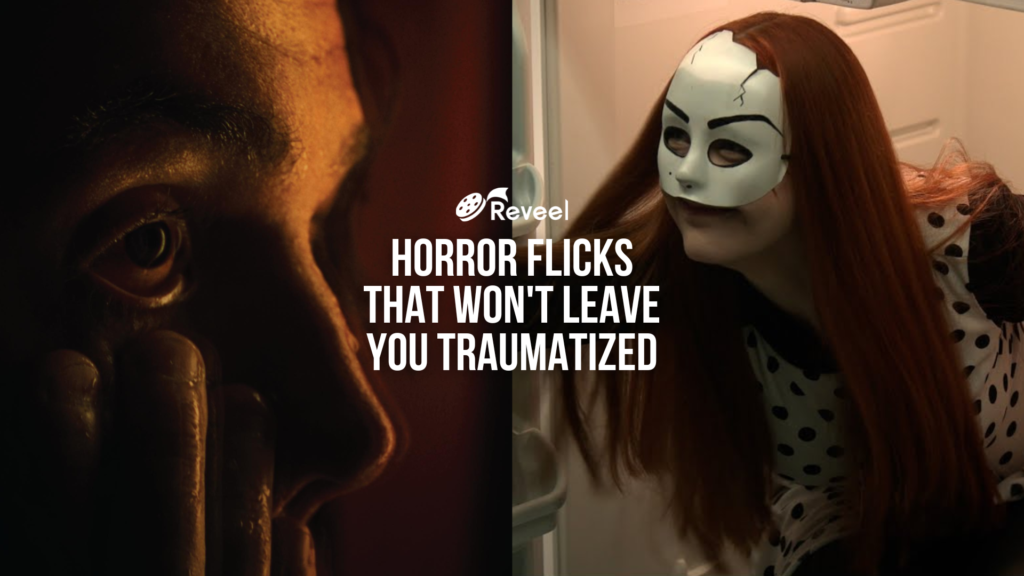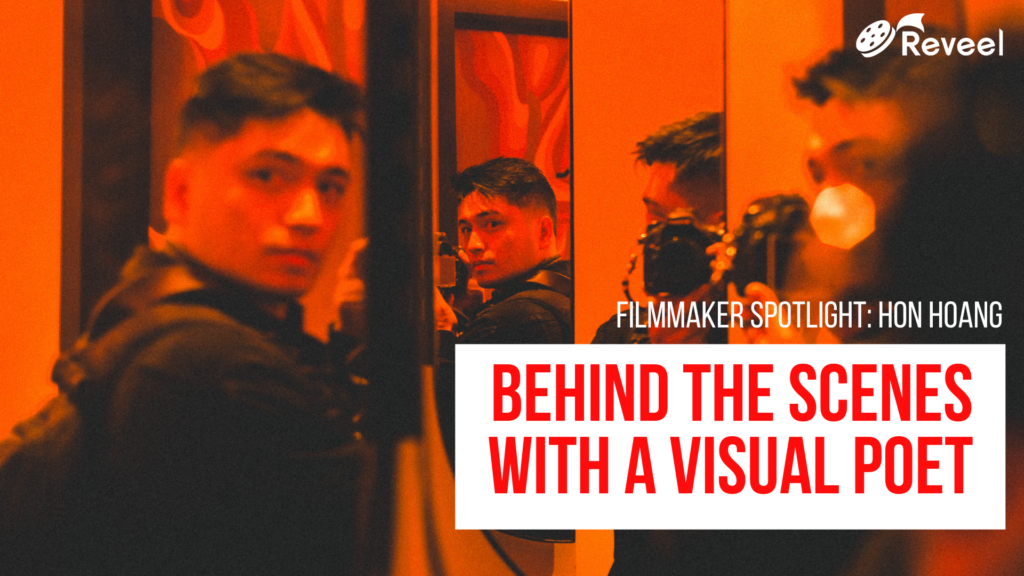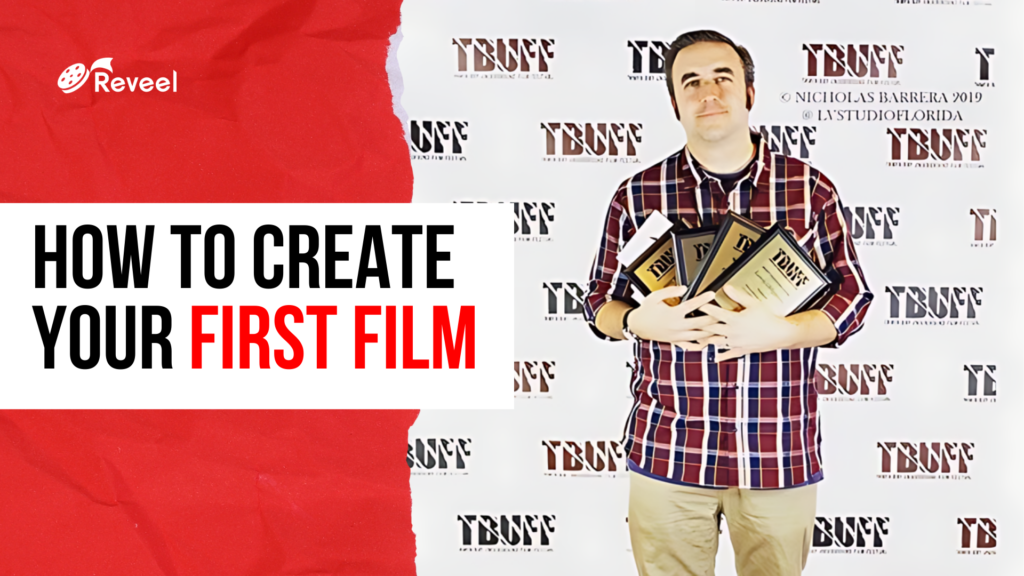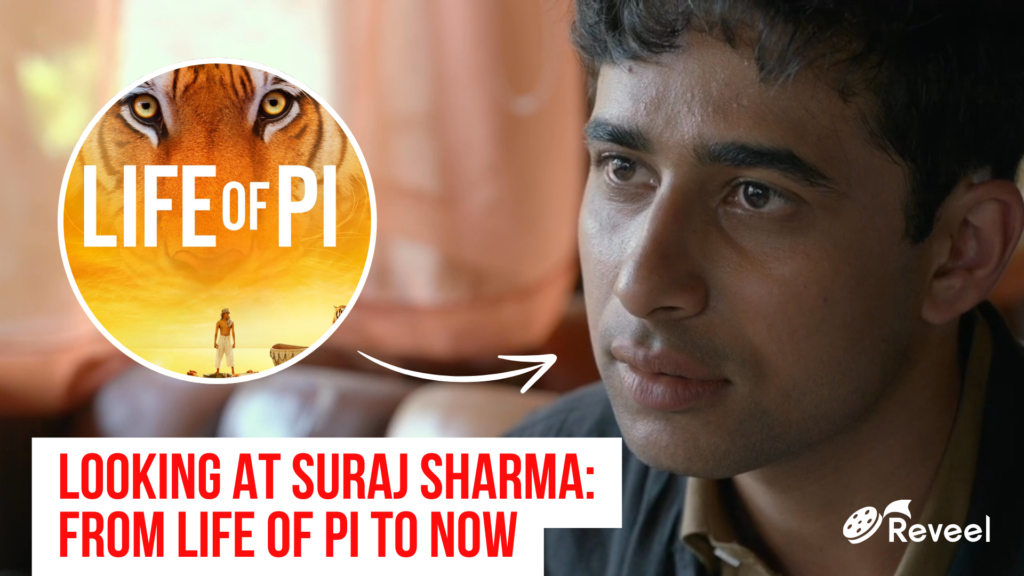What if we are alone in the universe? This question is at the core of the short film Laniakea. Originally created as a college project by Dima Taran, the film went on to take on a life of its own when it found an audience online with nearly 800,000 views in one year. The beautifully detailed animation captivated viewers along with a relatable story that everyone can connect to. So, how did Dima Taran create a short film that amassed over half a million views in only a year? We’ve interviewed Taran to find out.
The following interview has been edited for clarity and length.
1. In your own words, can you tell us what Laniakea is about?
Dima Taran: I would say that there are two ways to describe Laniakea. On one hand, the film could be described as dealing with the question of why we can’t find any signs of alien life. The other description is closer to our reality. We are born alone in this world, and we’re always trying to find someone to get close to. With whom we can share our happiness and sadness. Even if it seems like no one gets it, you should keep trying and eventually you’ll find that connection (the dog in Laniakea symbolizes this).
2. How did you come up with the idea? What was the inspiration behind it?
Dima Taran: I was in the 3rd year of university and I wanted to create something big for my major. I researched a lot for ideas and wrote two scripts. But, they weren’t what I wanted. You would never believe it, but I came up with the idea by reading an article about the universe. There I saw the word “laniakea”. Laniakea is a supercluster that contains our galaxy and 100,000 nearby galaxies. And I liked that word. I asked myself the question, “What would I do if I could travel inside a Laniakea? What would I find?”
After some daydreaming about it, I started writing the script.
3. It looks like you were the sole animator on Laniakea. What were the biggest challenges to getting the short film made?
Dima Taran: Computer resources. I remember it well when I calculated the time I needed to render Laniakea. With my PC, it was estimated to take a whole YEAR. I was devastated. As a student, I didn’t have any money to rent a render farm or upgrade my PC. I almost accepted this fate until my friends and the university came to help me. They gave me their computers to help render it and I am very grateful to them.
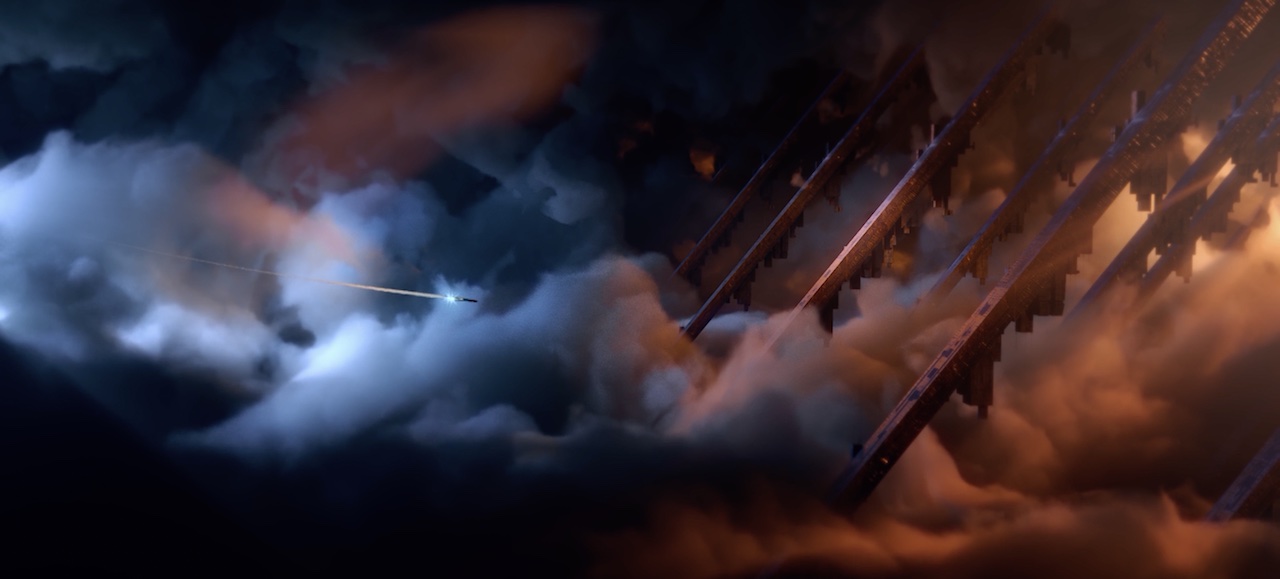
4. Can you walk us through the animation process? What was the inspiration behind the places explored and the animation style within the sci-fi film?
Dima Taran: This process is the same for all filmmakers. In the middle of summer 2019, I already had a script in my head. In September, I created the storyboard and started consulting with professors at my university. In November-December, I started 3D modeling. It was the most laborious part of the animation process. Then I worked on texture, light, animation, and rendering. I created two versions, the first one was in lower resolution and had bad quality. It was made for my graduation project. The second version was in 1080p and was made for a larger audience.
The style is very much influenced by the capabilities of the computer. You can’t create a huge scene with a lot of details without slowing down the workflow. So it’s always a compromise between desirability and what’s possible. I was inspired by many things like space, brutalist architecture, and Blade Runner 2047. But I was also inspired by something quite unusual, the COVID-19 pandemic and my city. When I went for a walk, it felt so empty and quiet. Halls and streets with no people. In Kherson, located in the south of Ukraine, there are a lot of buildings similar to brutalist architecture and some abandoned locations.
All of these were factors when creating the mood of Laniakea. By the way, there will be a second part that will have a similar, melancholic mood.
5. Where do you stand on the 3D vs 2D animation debate? Is there a place for both in the industry?
Dima Taran: I like 3D and 2D equally. In my free time, I’m learning 2D so I can create an animation in only one day. There are a lot of differences between 2D and 3D. In how they are created and how the viewer perceives them. If I need to choose between 3D or 2D for a project, I will take 2D for something focused on the emotional part of the characters and the world. Painted forms could easily give off the right type of mood. With 3D, I can achieve other types of emotions, if we’re talking about realism, where we can create a more real world with emotions that are close to us. I hope there will always be a place and balance in the industry between 2D and 3D.
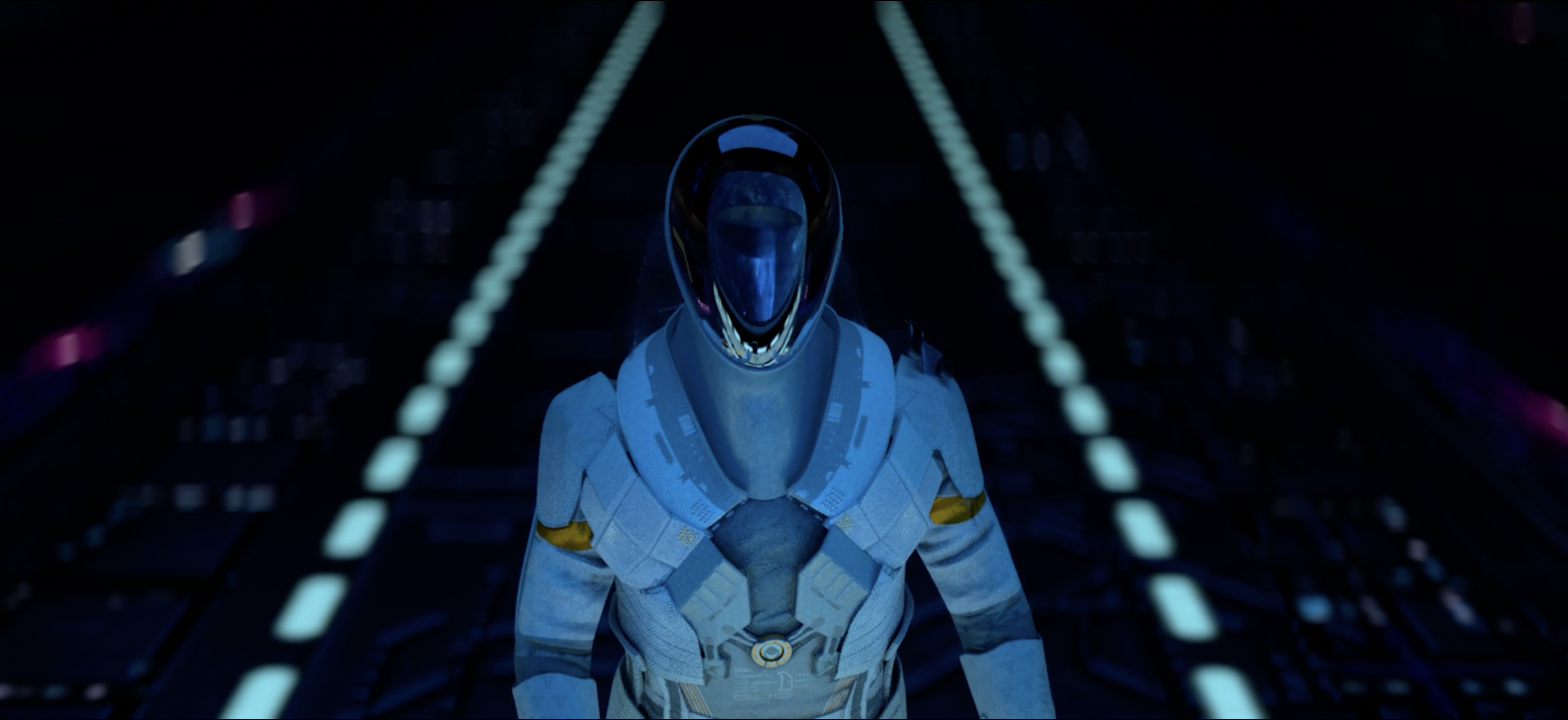
6. What draws you to animation over other methods of storytelling?
Dima Taran: Ever since my childhood, I have always loved to create any kind of story. At first, it was simple stories in my mind. Then, it was comic books. When I was 14 years old, I discovered my first 3D software and I realized what I wanted to do. What better way to tell a story than by creating a movie? And I can tell my own stories now. I’m trying to convey to the viewer about my perspective and how I feel in my animations.
7. What is the most rewarding thing about being an animator?
Dima Taran: When I started working on Laniakea, I couldn’t even imagine that my work would become popular. The short has almost 800,000 views on YouTube, and it was even shown in the cinema at festivals, twice!
Besides all of that, being an animator allows you to find new friends and people who share a similar vision with you. Through animating, I can share emotions and experiences. Maybe in the future, when my skills become more advanced, I can inspire others to do great things as well.
8. What vital lessons have you learned in your journey as an animator?
Dima Taran: The ability to properly assess your abilities. You should always try to do more, but you have to think clearly. When I created some scenes in Laniakea, I added too many details and my PC couldn’t handle it. So I spent more time removing details than creating them. The same thing can happen with scripts. I wrote two scripts for my graduation project, and they were good with some action and an enormous world, but it turned out to be too complex for my friend and I to work with. This situation taught me to work with the resources I have and try to make the best of them.
9. Short films have become very popular in recent years. Why do you think short films are important for filmmakers to create and why are they enjoyable for audiences to watch?
Dima Taran: When you are a small filmmaker with creative freedom, it opens the door to more possibilities than if you were working for blockbuster movies. Producers and industry expectations can dictate how things should look or how stories should be told in blockbusters. You should always try to create something different. For the sake of art, it’s a good thing. New art styles were created when people tried to go beyond just ordinary. But my road in cinematography is just beginning, and later, I will be able to judge such things with a lot more depth.
Laniakea is about a futuristic space explorer who can travel at superluminal speeds and has hopes to find extraterrestrial life, but as of yet, has not succeeded in finding anything. Watch the short film for free on Reveel.



